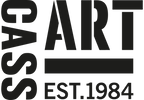A graduate of the Royal College of Art in London, Belén is an emerging abstract artist whose work merges intuitive mark-making with psychological depth. Drawing inspiration from the likes of Gerhard Richter and Helen Frankenthaler, she uses flowing, voluminous colour to explore themes of spirituality, control and the unseen forces that shape us. Her process balances freedom with intention — resulting in rich, organic compositions that invite quiet reflection.
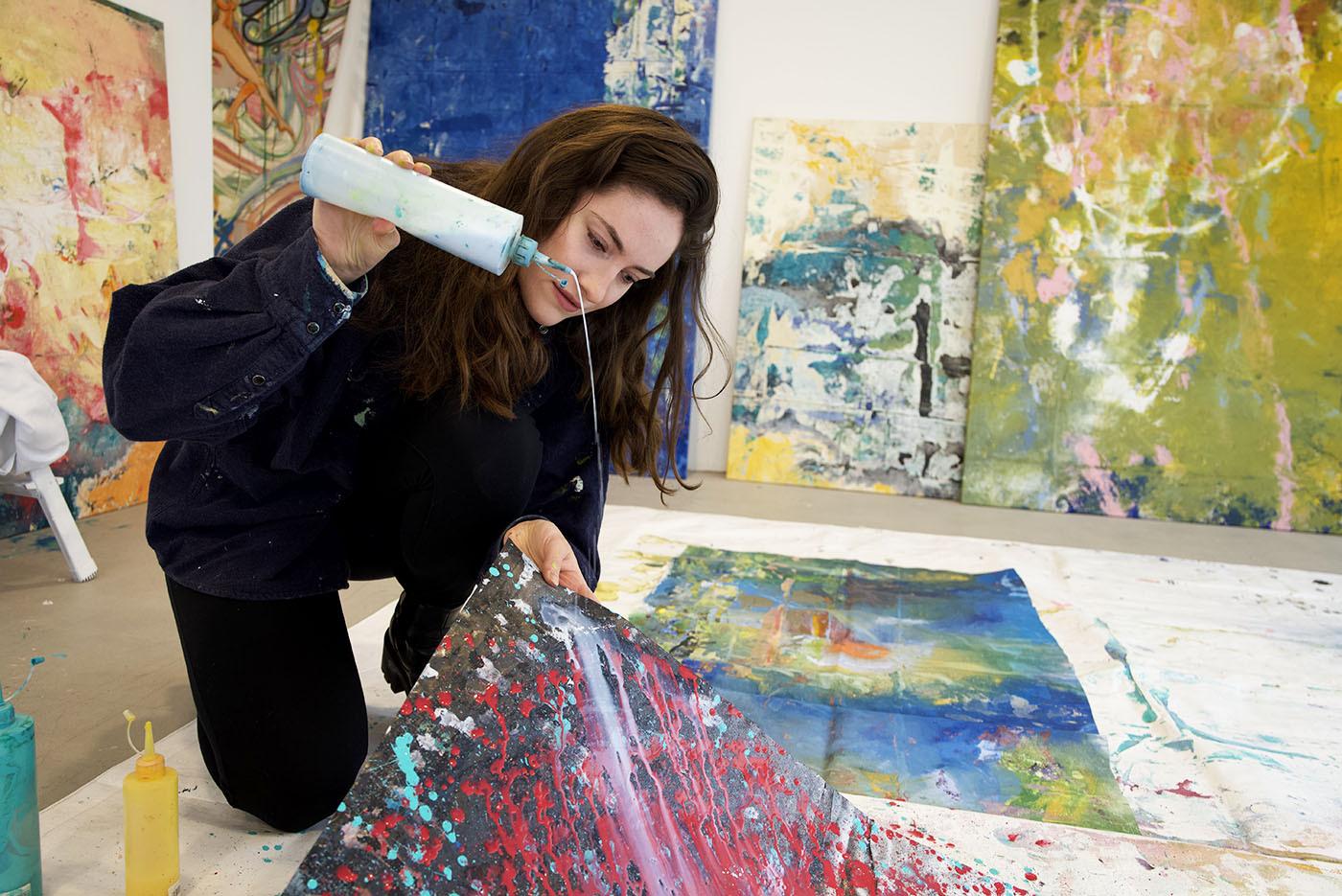
Your work draws deeply from philosophy, spirituality, and psychology. How do those ideas translate into your visual language – and how conscious is that process when you're painting?
I dedicate a significant amount of time to research for each project, often delving into philosophical texts, theories of autonomy, and the psychology of perception and experience. One area I’ve explored recently, for instance, is the philosophy and autonomy of material—how materials have their own agency and how that shapes the outcome of a piece.
While the conceptual foundation is carefully considered, my painting process is more intuitive and guided by the dynamics of experimentation. It’s a space where thought meets instinct, and where ideas are transformed through direct engagement with the medium.
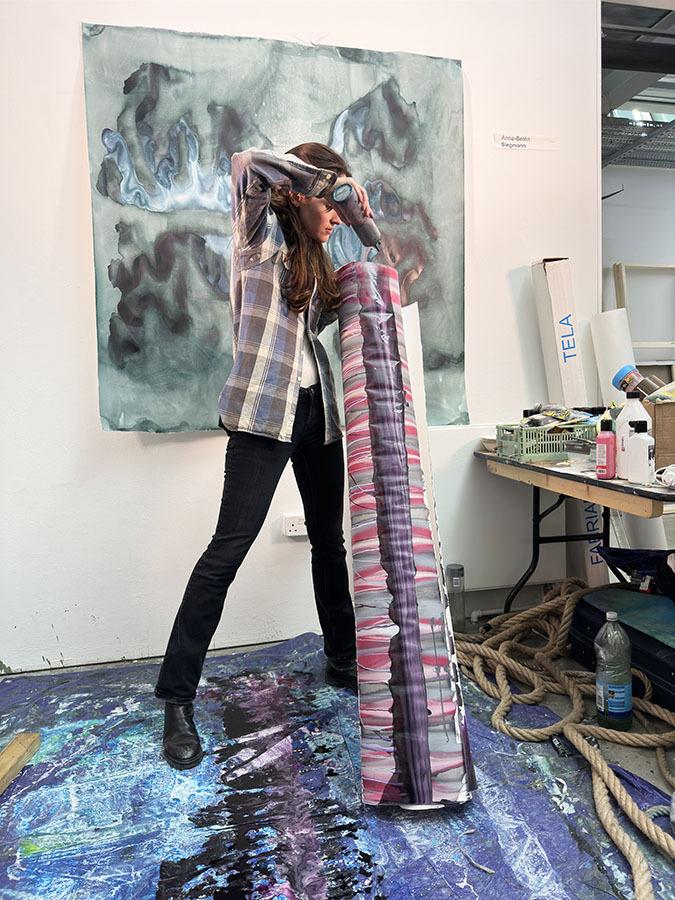
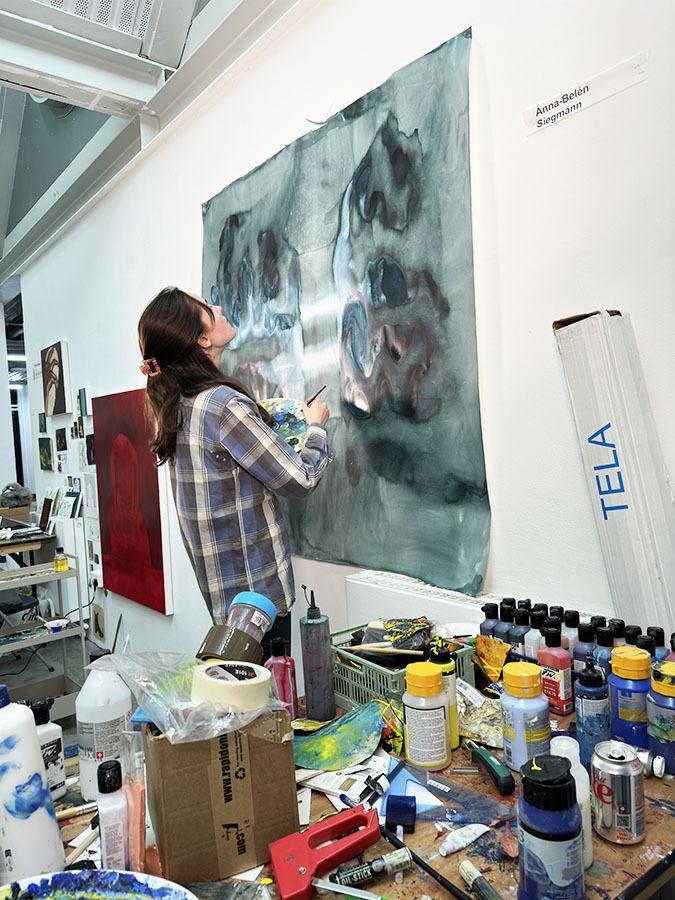
There’s a striking sense of duality in your practice — between fluidity and control, spontaneity and intention. Can you tell us more about how you navigate that tension in the studio?
There’s definitely a strong duality in my practice. I allow for a synergistic interplay between chance and control, embracing the unexpected moments that emerge as part of the creative development. Much of my practice revolves around a dialogue between the tangible and the intangible.
But even when something happens seemingly by accident, there’s always a conscious decision involved. I respond and take control of the results, moulding and directing them rather than leaving them entirely to randomness. In that sense, my practice relies on experimentation but is never passive.
It’s important to recognize that even when one chooses to work in an uncontrolled or intuitive way, the act itself is still governed by decision-making. Artists like Pollock might have tried to create totally uncontrolled, but each gesture still involved intention at some level. So, while I welcome the unexpected, I remain actively engaged in shaping what unfolds—there’s always a layer of awareness guiding the outcome.
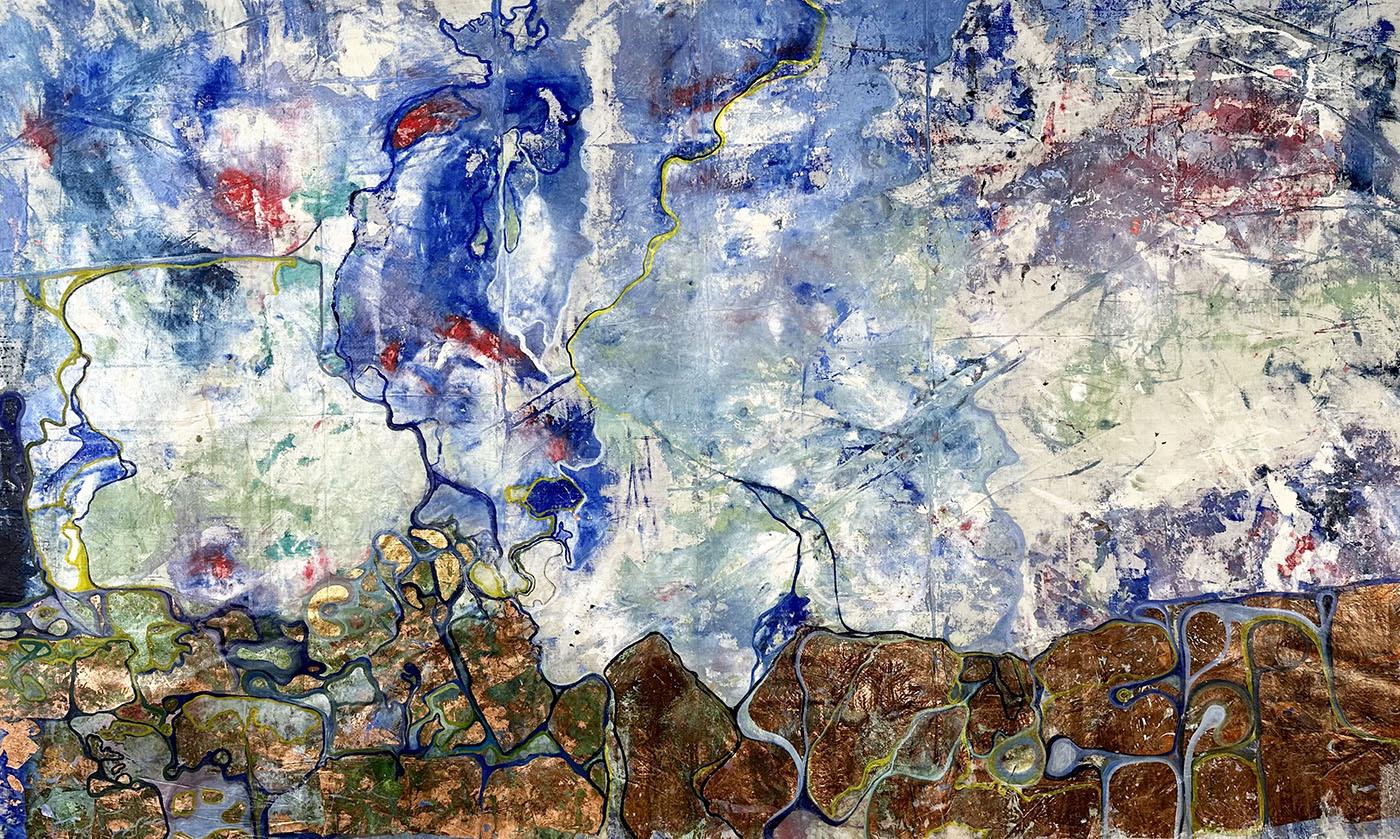
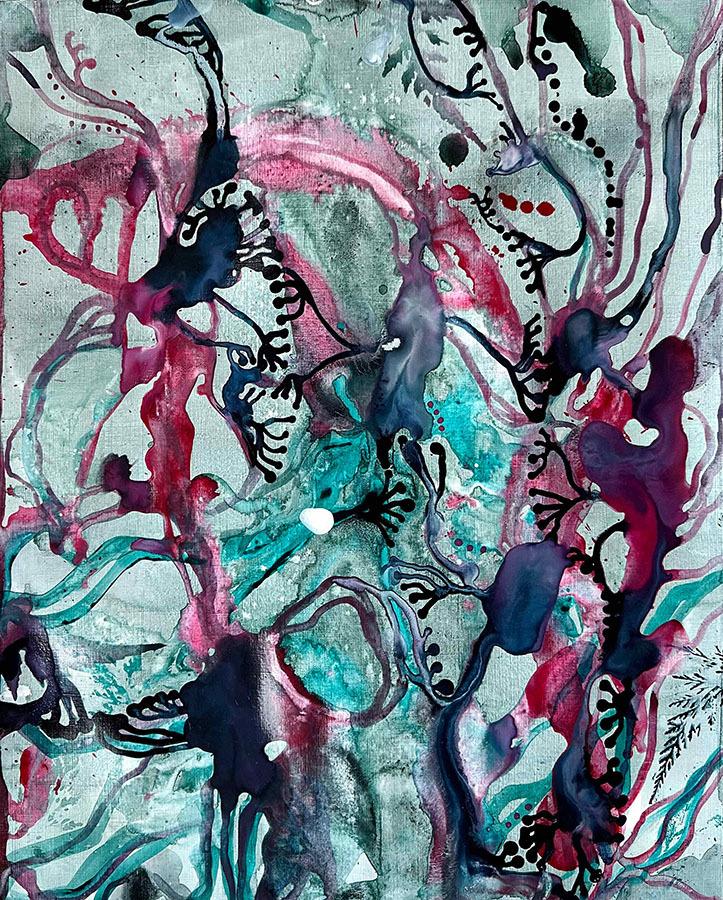
You’ve spoken about evoking self-reflection in the viewer. Do you feel your materials play a part in that – in how people physically respond to colour, movement, or texture?
Yes, I absolutely believe that materials, colours and movement play a crucial role in how viewers respond, physically, emotionally, and psychologically to a painting. I have spent a lot of time researching the meaning of different materials and combine them in one painting. For me, painting is an alchemical process—materials transform, react, and evolve—and I believe the viewer is always in resonance with that transformation, even if it’s on a subconscious level.
Once a work is finished and leaves the studio, it begins a new life in the eyes of the viewers, forged by their perceptions and projections. That’s why I believe a good painting should raise questions rather than give all the answers. It should trigger a process of seeing and reflecting, not just a moment of recognition. The textures, movements, and colour choices in my work are intended to engage the senses, but more importantly, they invite a reflective way of looking. In the end, the work has to stand on its own and speak for itself. If the work works for itself—invites curiosity and introspection, then it has succeeded.
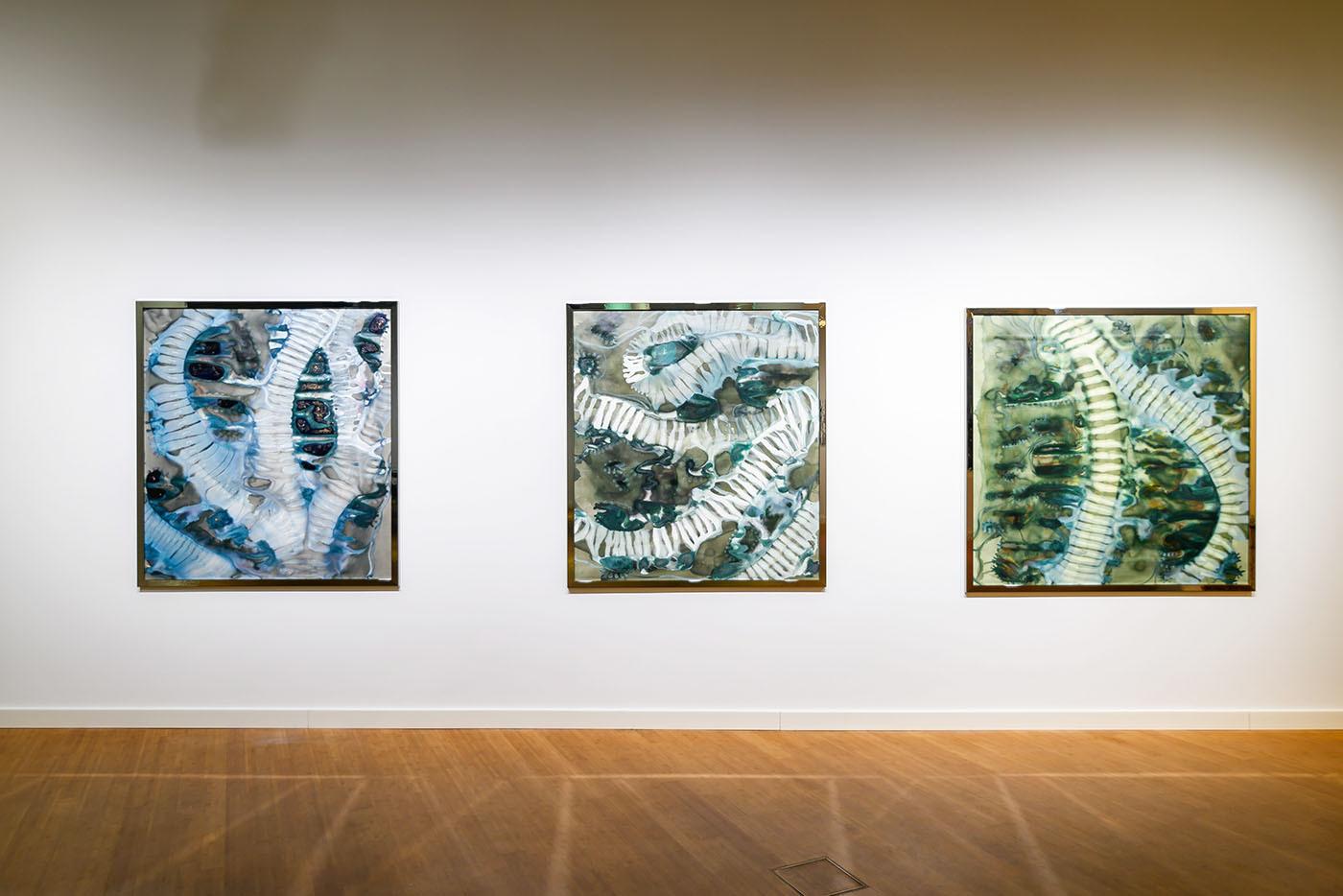
Your work has roots in both German and British art traditions — with influences from Richter to Frankenthaler. How have these references shaped your approach to abstraction and colour? Or have they at all?!
In painting, everybody follows some tradition which has been there before. Every artistic practice grows out of another. For me, it wasn’t that I initially set out to follow in the footsteps of artists like Richter or Frankenthaler. In fact, I started developing my own style and themes first, and only later discovered artists whose approaches and questions mirrored mine. That’s when I started engaging more deeply with their work, and that dialogue has definitely shaped and expanded my own thinking.
Through that exploration, I’ve encountered even more artists who resonate with my interests—leading to new insights and influences along the way. In the end, my approach is a kind of reassembly or reconfiguration: I’m not imitating, but rather building upon these references, creating something new out of shared concerns and visual languages.
It was actually during my time in England that I began to understand what aspects of my work might be considered distinctly “German“. Being in another country shaped my awareness of the traditions I come from, and how they subtly inform the way I think about abstraction, material and colour.
As someone who paints with both freedom and intention, how do you choose your colours? Are they symbolic, emotional, or more instinctive?
Colour in my work is always chosen with intention and is never purely aesthetic. Each colour carries both personal and symbolic meaning. I often reflect on what a particular colour represents to me. This process of questioning is deeply rooted in my background in psychology, which continues to frame how I understand perception and emotional response.
For example, copper, browns or greens for example are a connection to earth, land, materiality. In my Alchemy paintings they create a base, which gives way to fluid, blue-toned currents above, suggesting a movement from the material to the ethereal. White by contrast reflects a sublimated state, a spiritual or philosophical endpoint, or higher entity.
Do you have a relationship with any products/mediums that feel vital to your work – whether that’s paint, surface, or anything else?
Lately, I’ve been working a lot with metal elements—integrating them into my paintings to create both visual and material tension. In general, I often combine different materials and pigments, allowing their unique properties to interact and inform the overall composition.
Material choice is never arbitrary for me. I’m very aware of using high-quality products, both for the sake of longevity and for the integrity of the process itself. At the same time, I try to remain mindful of sustainability—choosing materials and methods that are responsible, wherever possible.
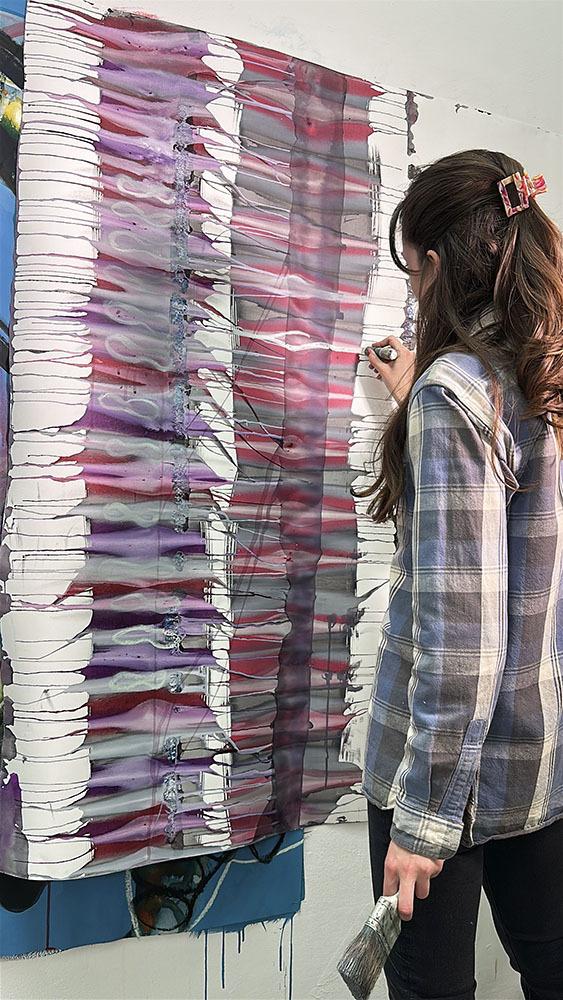
You’re a busy artist so we really appreciate you taking the time to speak to us, could you tell us what’s next on the cards for 2025, what can our audience look forward to?
Thank you very much. It’s a pleasure to share more about my work. 2025 is already shaping up to be an exciting year. My piece Alchemy 7 was recently shown in the RCA graduate show, which was a significant milestone for me and a great opportunity to connect with a wider audience.
I was recently offered a place in the Travers Smith Art Programme, which I’m very honoured to be part of and will also be represented in the show The Sea Between Us – 5 Years of Dialogue, which is taking place from July 15 to September 15 at the Gallery Melbye-Konan in Hamburg.
And there’s another project happening in November that I’m particularly excited about, though I can’t reveal much just yet. I’ll be hopefully able to share more details soon.
Please be sure to follow Anna on Instagram @annabelensiegmann and see more of her work on her website www.anna-belen.com
